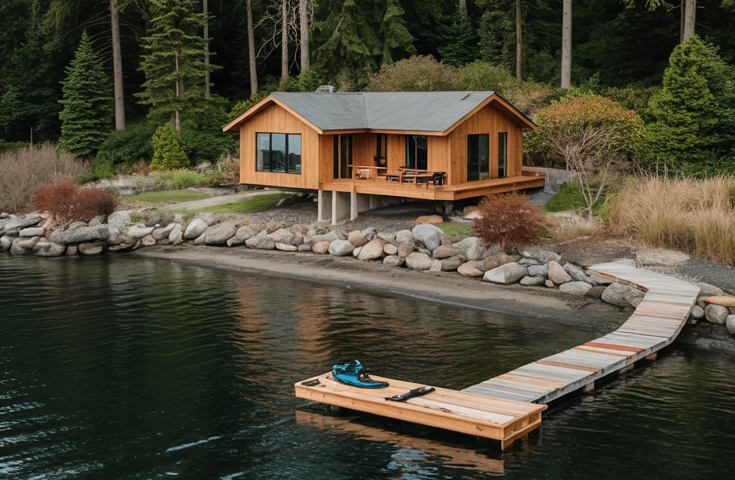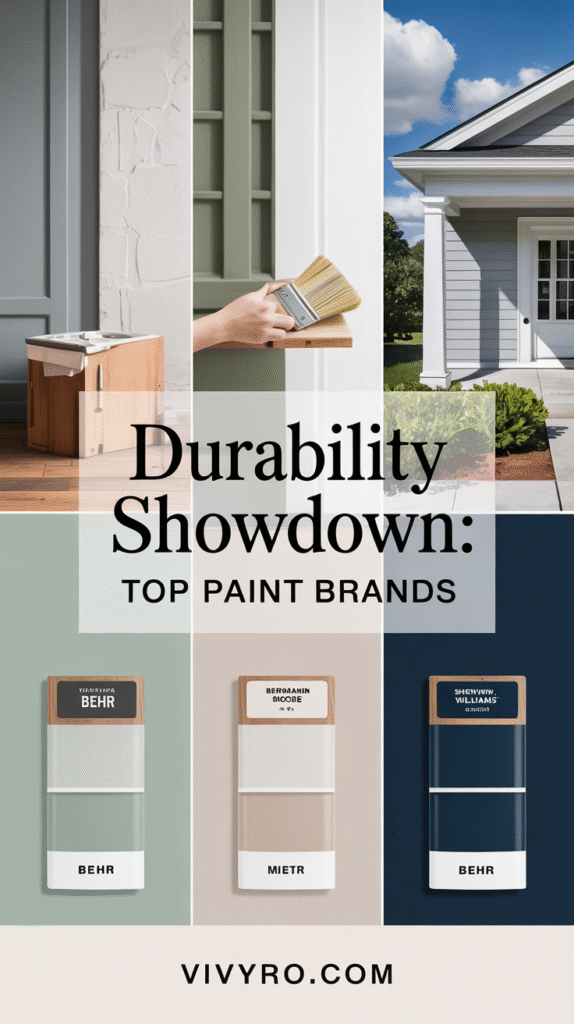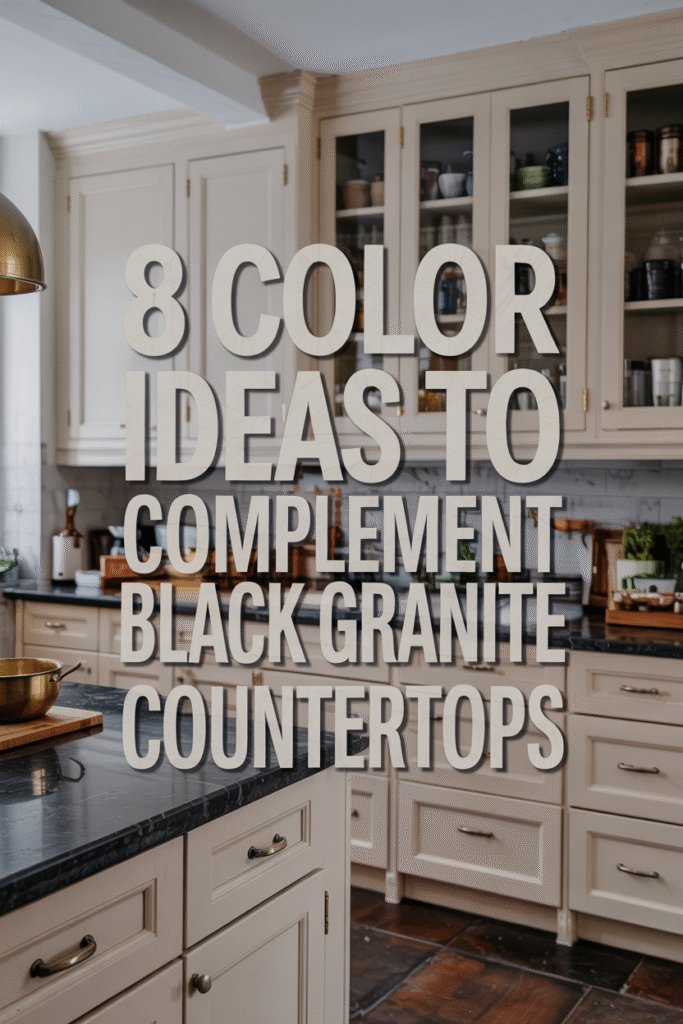Have you ever painted your walls a beautiful shade of gray, only to step back and realize—it looks blue? You’re not alone. Thousands of homeowners and DIYers experience this unexpected twist. While you may have picked the perfect neutral shade from a paint swatch, once it dries on your wall, the result may surprise you.
So, why does my gray paint look blue?
This comprehensive guide will dive deep into the science, color theory, and environmental factors that affect how gray paint is perceived. We’ll also offer tips to prevent this common issue and recommend gray paint shades that stay true to tone.
What Makes Gray Paint Look Blue?
The reason gray paint looks blue lies in undertones and environmental conditions. Gray is not a pure color; it is created by mixing black with white or by balancing complementary colors. Often, grays are blended with undertones—blue, green, or purple—that can become more visible depending on lighting and surroundings.
When a gray has a blue undertone, or when the room’s lighting enhances the cool elements of the paint, your gray walls might take on a distinctly bluish hue.
Understanding Undertones in Gray Paint
What Are Undertones?
Undertones are the subtle hues beneath the dominant paint color. They become noticeable once the paint is applied on walls and interacts with light and nearby elements.
Types of Gray Undertones
- Blue Undertone – Results in a cool, icy, sometimes steely gray.
- Green Undertone – Often found in “greige” colors (gray-beige).
- Purple Undertone – Gives gray a soft, warm or cool lavender touch.
A gray with a blue undertone can easily appear bluish-gray or even light blue, especially in cooler light settings.
How Lighting Affects Paint Color
Lighting dramatically impacts how a paint color is perceived. Here’s how different lighting types affect gray paint:
1. Natural Light
- North-Facing Rooms: Bring in cool, blue-toned light. These rooms amplify blue undertones in gray paint.
- South-Facing Rooms: Bathe in warm light, which can neutralize or soften blue undertones.
- East/West-Facing Rooms: Vary throughout the day, changing the perception of color from warm to cool.
2. Artificial Light
- Cool LED Lights: Emphasize blue tones, making gray look colder or bluer.
- Warm Incandescent Bulbs: Counteract blue tones, making grays appear warmer or more neutral.
Pro Tip: Always test your paint swatch in your room’s actual lighting before committing to a color.
Room Surroundings and Reflected Colors
You may not realize it, but your furniture, flooring, and decor can influence how paint looks. Gray paint might reflect colors from:
- Bright blue rugs or cushions
- Cool-colored tiles
- Large windows reflecting the blue sky
These reflections can visually enhance the blue elements in your gray paint, even if the undertone is subtle.
Common Mistakes That Make Gray Appear Blue
- Not Testing Paint in the Actual Room
Sample swatches under store lighting are misleading. Always test paint on your wall at different times of day. - Ignoring Undertones
Many people choose “gray” without realizing it leans heavily into blue. - Using Cool Lighting
Swapping warm bulbs for cool LEDs can suddenly shift how the paint looks. - Poor Surface Preparation
If your wall was previously painted a strong color (especially blue or green), it can seep through or influence the final color. - Paint Sheen Differences
Glossy or satin finishes reflect more light and may emphasize undertones differently compared to matte or flat finishes.
How to Choose the Right Gray Paint (That Won’t Turn Blue)
1. Check the Paint’s Color Code or LRV
Paint companies use LRV (Light Reflectance Value) to show how light or dark a paint is on a scale of 0–100. The higher the LRV, the more light it reflects—often making undertones more noticeable.
- Grays with LRV between 45–60 tend to be well-balanced.
- Grays with low LRV (<45) may look darker and moodier.
2. Use Large Paint Samples
Test on multiple walls. Paint a 2’x2′ section and observe it during the day and at night.
3. Compare Warm and Cool Grays Side-by-Side
Hold swatches against a plain white sheet to see undertones clearly.
4. Stick to Greiges for a Safer Neutral
Greige (gray + beige) paints are warmer and less likely to turn blue under cool light.
Recommended True Gray Paint Colors (Minimal Blue Undertones)
| Paint Brand | Color Name | Undertone | Notes |
|---|---|---|---|
| Benjamin Moore | Classic Gray | Warm Greige | Very subtle undertone, soft neutral. |
| Sherwin-Williams | Repose Gray | Slight Purple | Balanced, not overly blue or warm. |
| Behr | Silver Drop | Green | Cool-leaning but rarely looks blue. |
| Farrow & Ball | Ammonite | Warm | Elegant, perfect for traditional homes. |
| Valspar | Filtered Shade | Balanced | True gray appearance in most lights. |
FAQs
Why does my gray wall look blue at night?
Artificial lighting—especially cool LED or fluorescent bulbs—can enhance the blue undertones in gray paint. Consider switching to warmer light bulbs.
Can I fix the blue tone without repainting?
Yes! You can:
- Change the lighting to warmer bulbs.
- Add warm-toned decor (beige, wood, warm whites) to balance the coolness.
- Use warm-colored curtains to filter blue daylight.
Is blue-gray the same as gray?
No. Blue-gray is a deliberate color choice that blends blue with gray. If your gray looks blue but wasn’t intended to, it’s likely due to undertones or lighting issues.
Final Thoughts
“Why does my gray paint look blue?” is a question many ask after painting a space with high hopes for a neutral, chic look. The reality is that gray is one of the trickiest paint colors to get right. Between undertones, lighting, reflections, and paint finish, many variables can cause that beautiful gray to look unexpectedly blue.
To avoid the shock of blue-gray walls, always test samples, check undertones, and consider your room’s unique lighting and furnishings. The more informed your decision, the more likely your gray will stay beautifully gray.





